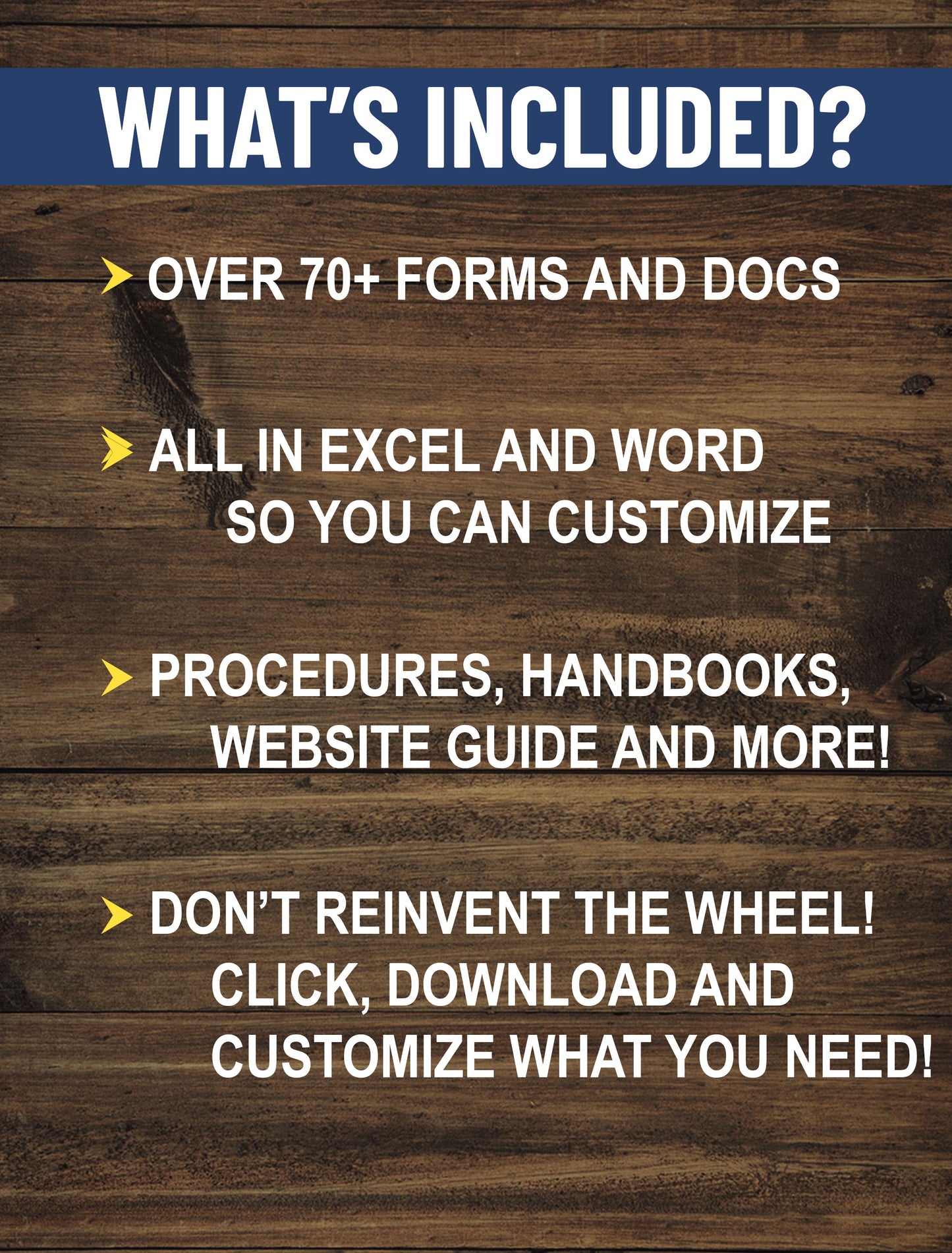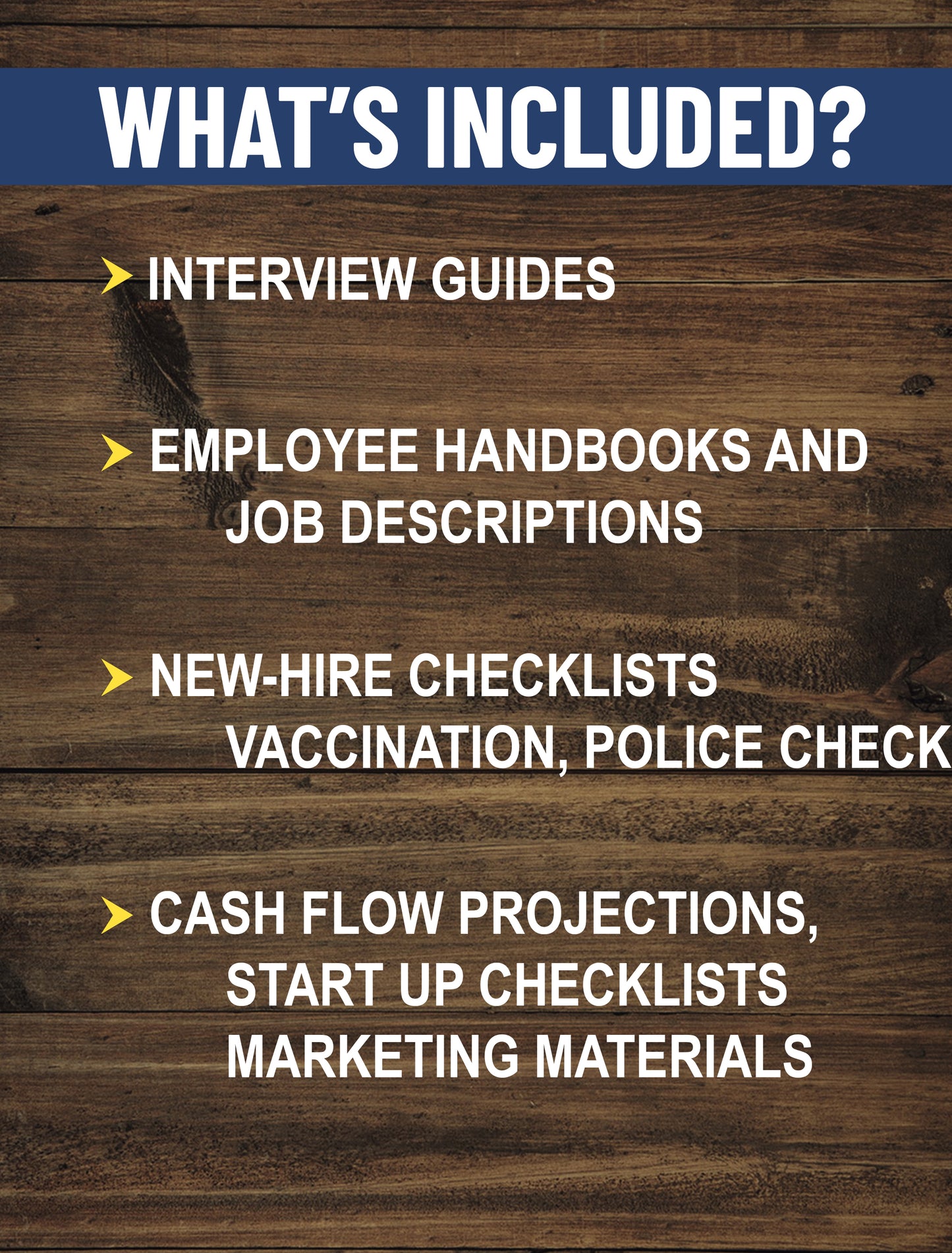Hiring a private caregiver for a family member is a significant decision that affects not just the well-being of your loved one but also the harmony of your entire household. Many families in Ontario opt for a private caregiver over agency-hired professionals for a more personalized and consistent level of care. In this post, we'll guide you through the process of finding, hiring, and managing a private caregiver in Ontario, ensuring that you make informed and considerate choices every step of the way.
Make sure to check out our complete Hiring & Managing a Private Caregiver Toolkit to immediately download all the forms that you need to be able to recruit, interview, hire, and manage a private caregiver for your loved one.
Let’s start with a quick overview of the difference between hiring a caregiver through a home care agency, and hiring a caregiver privately.
|
Aspect |
Agency Caregiver |
Private Caregiver |
|
Screening |
Typically handled by the agency, ensuring caregivers meet certain standards. |
Requires personal effort to screen and verify credentials and references. |
|
Training |
Agencies often provide training and continuing education for their caregivers. |
Training varies and may need verification; no ongoing education provided unless arranged by the employer. |
|
Cost |
Generally higher to cover agency fees and administration. |
Usually lower as there are no intermediary fees. |
|
Flexibility |
Schedules and services may be more rigid due to agency policies. |
Usually more flexible in accommodating specific family needs and schedules. |
|
Liability |
The agency typically handles insurance and liability issues. |
The employer is responsible for insurance and any potential liabilities. |
|
Replacement |
Agencies can provide a replacement quickly if a caregiver is sick or leaves. |
Finding a replacement can be challenging and time-consuming without the support of an agency. |
|
Personal Connection |
Might be less personal as caregivers can rotate based on agency scheduling. |
Often a stronger personal bond as the same caregiver is consistently involved with the family. |
|
Legal Responsibilities |
Managed by the agency, including payroll, taxes, and compliance with labor laws. |
Directly managed by the employer, requiring knowledge of legal and employment standards. |
Understanding the Need
The first step in hiring a private caregiver is understanding the specific care needs of your family member. Are you looking for someone to assist with daily activities such as bathing and meal preparation, or does your loved one require specialized care for conditions like dementia or physical disabilities? Assessing these needs accurately will help you determine the level of care required and the qualifications your prospective caregiver must possess. It’s essential to consider both the short-term and long-term needs to ensure the caregiver can handle any changes in health status or increased levels of care as needed.
Finding a Private Caregiver
Finding the right person to care for your loved one can be daunting. Start by seeking recommendations from friends, family, or healthcare professionals who have had positive experiences with caregivers. Online platforms specifically for caregiving jobs can also be invaluable, offering a wide range of candidates with diverse skills and backgrounds. When you find potential candidates, ensure thorough vetting by checking references and conducting background checks. This careful selection process is crucial for ensuring the safety and well-being of your loved one.
Here are a few places to look:
You can also post your job on free job boards like Indeed.ca
We've included a job posting template in our Toolkit that you can edit and tailor for your unique requirements without having to spend too much time writing it!
Interviewing Candidates
Once you have a shortlist of potential caregivers, the next crucial step is the interview. This is your opportunity to understand more about the candidates’ qualifications, experience, and personality. Ask questions related to their previous caregiving experiences, scenarios they have handled, and their responses to emergency situations. It’s also important to gauge their communication skills and empathy, as these are key traits for someone who will be spending a lot of time with your family member. Consider asking:
- "Can you tell me about a time you faced a challenging situation while caregiving and how you handled it?"
- "How do you manage the day-to-day needs of someone with [specific condition]?"
- "What are your expectations from us as an employer?"
These questions will help you understand not only their professional capability but also how well they might fit into your family’s environment. Don't worry, we've included a detailed interview guide in the Hiring & Managing a Private Caregiver Toolkit.
Legal and Financial Considerations
Hiring a private caregiver also involves several legal and financial considerations. Ensure that any candidate you consider hiring is legally eligible to work in Canada. Draft a detailed contract that outlines job responsibilities, hours of work, salary, and termination conditions. It’s important to be clear about salary and any overtime pay, in line with Ontario’s minimum wage laws, to avoid any misunderstandings later. Additionally, consider the need for liability insurance to protect against any potential accidents or damages. Yes, we have included a detailed employee contract in our Hiring & Managing a Private Caregiver Toolkit!
Employer Responsibilities Under the Employment Standards Act
As an employer, you are bound by Ontario’s Employment Standards Act, which includes ensuring fair work hours, minimum wage compliance, and safe working conditions. You must also manage statutory holiday pay, vacation pay, and provide job-protected leaves when necessary, such as personal emergency leave. Maintaining accurate records of hours worked and wages paid is not only a legal requirement but also a practice that can help resolve any disputes that may arise. Understanding these responsibilities will help you create a professional and respectful work environment for your caregiver. In Ontario, private caregivers are considered domestic workers. Access the Employment Standards Act to read more.
Setting Up a Care Plan
Establishing a clear care plan is vital for both the caregiver and your family. This plan should include daily routines, medication schedules, dietary restrictions, and any specific medical or personal care tasks that need to be performed. Clear communication from the start sets expectations and helps prevent misunderstandings. Regular meetings with your caregiver to discuss the care plan and any adjustments needed can ensure that your loved one’s needs are being met consistently and effectively. Also, involve your family member in these discussions as much as possible to ensure they feel comfortable and respected in the care process. A care plan can be a detailed medical document developed by a health care professional, but it can also be a simple personalized document that provides clear expectations for the caregiver. Here's an example:
Care Plan for Mrs. Smith:
Personal Information:
- Age: 85
- Condition: Mild Dementia
- Mobility Aids: Walker
Daily Routine:
- Morning:
- 7:00 AM: Assistance with waking up and morning hygiene (tooth brushing, face washing).
- 7:30 AM: Help with dressing and using the walker to move around safely.
- 8:00 AM: Breakfast preparation and assistance with eating, ensuring a balanced diet.
- 9:00 AM: Morning medications administered with a small glass of water.
- Midday:
- 12:00 PM: Prepare and assist with lunch, encouraging independence as much as safely possible.
- 1:00 PM: Supervised light exercise, such as a walk in the garden with the walker.
- 2:00 PM: Cognitive activities like simple puzzles, reading, or listening to music to stimulate mental engagement.
- Afternoon:
- 3:00 PM: Afternoon nap or quiet time to rest.
- 4:00 PM: Snack time, healthy options like fruits or whole-grain crackers.
- 5:00 PM: Social interaction, either through a visit with family members, video calls, or attending a community event if feasible.
- Evening:
- 6:00 PM: Dinner preparation and help with eating.
- 7:00 PM: Evening medications and preparation for bedtime.
- 8:00 PM: Assistance with nighttime hygiene routine.
- 9:00 PM: Help getting into bed and ensuring safety measures are in place (e.g., night lights, accessible bathroom).
Medical Management:
- Medications: Administer prescribed medications strictly according to the doctor’s instructions. Regular review with healthcare provider to manage any changes.
- Doctor’s Appointments: Scheduled visits to the geriatrician and neurologist every three months or as recommended.
Safety Measures:
- Home Safety: Ensure paths are clear of obstacles to prevent falls. Install grab bars in the bathroom and ensure the home is well-lit.
- Emergency Protocols: Maintain a list of emergency contacts, including doctors and family members. Regularly review the plan for emergency situations, including hospital visits.
Caregiver Responsibilities:
- Monitor and document cognitive and physical health daily.
- Provide companionship and emotional support.
- Keep detailed records of health changes, behaviors, and medication adherence to discuss with family members and healthcare providers.
Monitoring and Adjusting
Hiring a caregiver is not a set-it-and-forget-it solution. Continuous monitoring of the care situation is crucial to ensure that your loved one is receiving the best possible care. Check in regularly with both the caregiver and your family member to gather feedback. Be open to making adjustments as needed, whether it’s changing care routines or addressing any concerns that arise. It’s important to establish a feedback-friendly environment where the caregiver feels comfortable discussing any issues or suggestions they might have.
If you feel you need more help overseeing the ongoing care of your loved one. You can consider hiring a care manager.
Understanding Payroll Responsibilities When Hiring a Private Caregiver
When you hire a private caregiver, you're not just responsible for their salary but also for managing payroll obligations that include deductions, contributions, and record-keeping according to Canadian tax laws. This can seem daunting, but with a clear understanding and a systematic approach, you can handle these responsibilities efficiently and compliantly.
- Registering for a Business Account with the CRA
Before you can start paying your caregiver, you need to register for a business account with the Canada Revenue Agency (CRA). This account will be used to remit payroll deductions such as Employment Insurance (EI), Canadian Pension Plan (CPP) contributions, and income tax. Here’s how you can do it:
- Online Registration: Visit the CRA website and navigate to the ‘Businesses’ section to find the online registration link. The process is straightforward and guided, allowing you to set up your account without the need to visit a CRA office.
- Phone Registration: Alternatively, you can call the CRA and complete your registration over the phone.
- Mail or Fax: You can also download the RC1 form from the CRA website, fill it out, and send it by mail or fax.
- Payroll Deductions
As an employer, you must calculate and deduct the correct amounts from your caregiver’s pay:
- Income Tax: Deduct federal and provincial income tax based on the CRA’s payroll deductions tables.
- Canada Pension Plan (CPP): Both you and your caregiver contribute to the CPP. You deduct the employee’s portion from their pay and contribute an equal employer’s portion.
- Employment Insurance (EI): Deduct EI premiums from the caregiver’s wages, and contribute an employer’s share, which is 1.4 times the employee’s premiums.
- Issuing Pay Stubs
Each time you pay your caregiver, you must provide them with a pay stub, either in paper form or electronically. The pay stub should include:
- Gross salary
- Deductions for CPP, EI, and income tax
- Net salary after deductions
- Accumulated year-to-date totals
- Annual Reporting
At the end of the tax year, you will need to:
- Fill out a T4 slip for your caregiver, summarizing their earnings and deductions for the year.
- Submit a T4 Summary to the CRA.
- Provide your caregiver with their T4 slip by the last day of February so they can file their personal income tax return.
Handling payroll responsibilities is a crucial aspect of hiring a private caregiver. By staying organized and informed about your obligations, you can ensure that all legal requirements are met, allowing you to focus on the important task of providing care and support to your loved one.
If you feel like you don't want to take on this additional task, you can outsource your payroll responsibilities for a fee. Here are a few options:
- Heart Payroll - $50/month
- Nanny Tax- $39-$59/month
Taking the time to carefully choose and manage a private caregiver can make a significant difference in the quality of life for your loved one. Remember, the goal is to ensure they are safe, comfortable, and well-cared for in their own home. By understanding your needs, carefully selecting and vetting a caregiver, establishing legal and financial groundwork, and maintaining open lines of communication, you can create a supportive and effective care environment.
Get the Ultimate Caregiver Management Toolkit Today!
Navigating the journey of hiring and managing a private caregiver for your loved one can be challenging, but you don’t have to do it alone. Our ultimate Hiring & Managing a Private Caregiver Toolkit is designed to simplify every step of the process, from initial recruitment to day-to-day management, ensuring that your caregiver not only meets but exceeds your expectations.
Why Choose Our Toolkit?
- Comprehensive Resources at Your Fingertips: Our toolkit includes a range of meticulously designed documents that cover every aspect of the caregiver hiring process:
- Care Needs Assessment Worksheet to accurately determine the level of care your loved one requires.
- Care Plan Template for setting clear expectations and routines.
- Caregiver Service Schedule Template to organize daily tasks efficiently.
- Employee Contract to ensure all legal and job-related details are covered comprehensively.
- Employee Performance Appraisal to keep track of progress and areas for improvement.
- Employee Timesheet for accurate and fair management of working hours.
- Interview Guide to help you ask the right questions and find the perfect match.
- New Hire Checklist to ensure nothing is overlooked during the onboarding process.
- Caregiver Job Description to attract qualified candidates.
- Reference Check Forms to verify backgrounds and past employment efficiently.
- Hours of Work Document from the ESA to keep you compliant with employment standards.
- Save Time and Avoid Stress: With these ready-to-use templates and guides, you’ll save hours that you might otherwise spend creating documents from scratch. Each resource is crafted to provide clarity and comprehensive coverage of necessary details, making your role as an employer as stress-free as possible.
- Empower Your Caregiving Journey: By providing structured and professional documentation, our toolkit not only streamlines administrative tasks but also empowers you to build a strong, positive relationship with your caregiver. Clear communication and documented expectations are key to a successful caregiving arrangement.
- Ensure Legal Compliance: With the inclusion of an Hours of Work document adapted from the ESA and a detailed employee contract, you can rest assured that you are fully compliant with Ontario’s employment laws, protecting both you and your caregiver.
Make the Right Choice for Your Family
Don’t leave the care of your loved one to chance. Equip yourself with the Ultimate Caregiver Management Toolkit and gain the confidence to hire and manage a caregiver who is the perfect fit for your family’s unique needs. Click here to purchase your toolkit today and start building a happier, healthier future for your loved one.
About the Author









